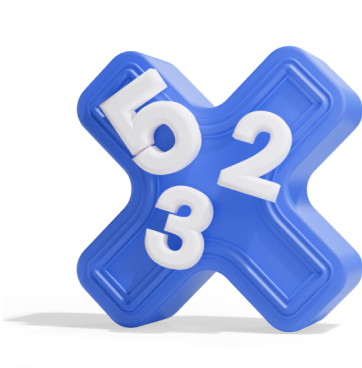How to Analyze Logarithmic Functions
Now let’s take a look at an example of analysis of a logarithmic function. The method is as follows:
Rule
Analyzing Logarithmic Functions
- 1.
- Find the domain.
- 2.
- Find the zeros.
- 3.
- Find the stationary points.
- 4.
- Find the inflection points.
Example 1
Analyze the function
- 1.
- First, find the domain . You do this by finding the region where the argument of the logarithmic function is greater than 0. You set the expression equal to 0 to find the zeros, and then use a sign chart to find the intervals:
The sign chart is then:
The region where the argument is is , so this is the domain . - 2.
- Find the zeros by setting :
The zeros are thus and .
= - 3.
- Find the maxima and minima by setting . First, differentiate the function:
Set this expression equal to 0:
As is outside of the domain, this function does not have any maxima or minima. - 4.
- Find the inflection point by setting .
First, find the second derivative by differentiating
Set this expression equal to 0:
Here you must equate the numerator to 0:
This equation has no real solutions. As it has no real solution, the functions does not have any inflection points. This would also be the case if the solution had been outside of the domain.
The reason is: For an inflection point to exist, the function must change from convex to concave or concave to convex, which logarithmic functions don’t do.




















